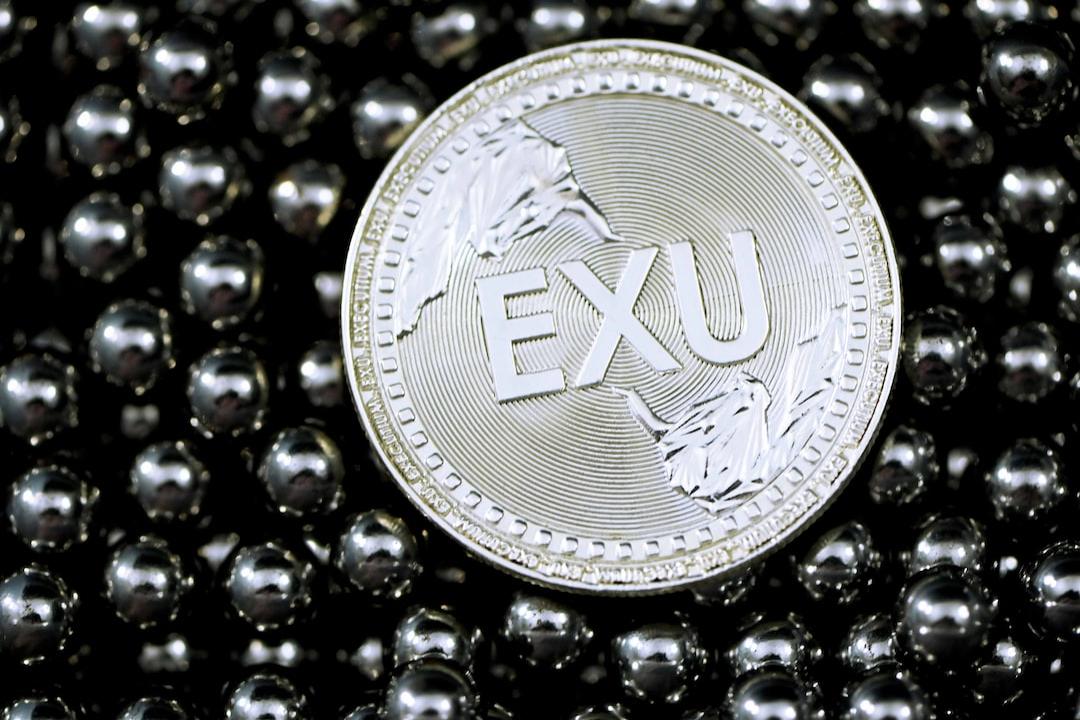Hedge Fund Analysts: The Weakened Dollar Sparks a Global Investment Surge, with Capital Rotation Just Beginning
US Dollar Falls to Two-Year Low, Capital Flows Accelerate into Emerging Markets
The iShares MSCI Emerging Markets ETF (EEM), which holds 800 emerging market stocks, has risen for nine consecutive trading days, marking the longest streak since the fund’s inception in 2016. The index has also returned to levels seen before the outbreak of the Russia-Ukraine war, indicating that a new wave of capital rotation has just begun in the market.
Dollar Depreciation Drives Revaluation of Risk Assets
Otavio Costa, a macro strategist at Crescat Capital, stated in an interview with Benzinga that if the dollar continues to depreciate, investors will actively seek allocations in natural resources and relatively undervalued emerging markets. If investors believe the dollar will weaken, they will want to invest in assets with intrinsic value, and emerging markets present such investment opportunities.
Costa believes that the current debt burden in the United States has transformed into a structural issue for the dollar. He pointed out that interest payments by federal and local governments account for about 5% of GDP, significantly higher than the approximately 1% seen in developed countries like Germany, Japan, and Canada. This implies that the fiscal flexibility of the United States is relatively weak, and it may face pressure to lower interest rates more quickly than other countries. Should the interest rate spread narrow, the dollar could further weaken.




Brazilian Market as a Potential Emerging Market
In terms of valuation, Costa noted that the cyclically adjusted price-to-earnings ratio (CAPE) of U.S. stocks has reached 35, close to historical highs. In contrast, Brazil’s CAPE is only about 12. He questioned why capital should not be allocated to these undervalued markets. He is particularly optimistic about Brazil, not only because its stock market valuations are attractive, but also because the local bond market has decent return potential.
Canada as a Safe Haven After Dollar Weakness
Among developed countries, Canada is an undervalued potential market. Costa highlighted that Canada is a noteworthy contrarian investment target. While not an emerging market, Canada’s high correlation with natural gas and commodities presents market opportunities. Costa believes that the Canadian dollar is long-term underweighted in the market, and coupled with the high correlation of oil and gas prices, it may see a rebound in the wake of a weaker dollar and an upward commodity cycle.
In terms of fixed income, Canadian bonds are also attractive to conservative investors due to their robust yield structure and better inflation control. As the market reassesses risk and returns, Canada may play a safe haven role among developed countries.
Global Market Rotation Emerges, Multiple Countries Attract Capital Attention
In addition to Brazil and Canada, Costa also mentioned that Argentina and India have performed well recently, especially Argentina, which has seen significant capital inflow following political reforms. In Asia, Japanese and European stock markets have recently outperformed the U.S. market, further indicating that investment capital is flowing from the overvalued U.S. stock market to other undervalued regions.
Dollar Breaks Psychological Barrier, Market Bearish Sentiment Grows
The dollar index recently fell to 98.2 points, the lowest level since April 2022. The market widely believes that President Trump’s remarks regarding the potential dismissal of Federal Reserve Chairman Jerome Powell have strengthened concerns about U.S. political interference in monetary policy. Several investment banks, including Goldman Sachs, have also turned bearish on the dollar, warning that confidence in the dollar may be undermined, further triggering inflation risks.
According to data from the Commodity Futures Trading Commission (CFTC), institutional investors’ net short positions in the dollar have risen to their highest level since 2013, indicating a growing pessimism about the future trajectory of the dollar.
Emerging Markets and Resource-Based Economies as Safe Havens for Capital
With the dollar weakening, emerging market indices have rebounded to levels seen in February 2022. Costa emphasized that the rising share of U.S. interest payments in GDP will increase pressure for rate cuts and will further drive capital inflows into emerging markets and resource-based economies, such as Brazil and Canada, in search of higher returns and risk hedging.
The ongoing dollar weakness and global capital rotation trends may reshape the investment landscape. Investors should closely monitor this trend’s development and adjust their asset allocations accordingly to respond to potential market volatility. This article is purely a market observation and does not constitute investment advice.
Risk Warning
Investing in cryptocurrencies carries a high level of risk, and their prices can be highly volatile, potentially resulting in the loss of your entire principal. Please assess the risks carefully.
